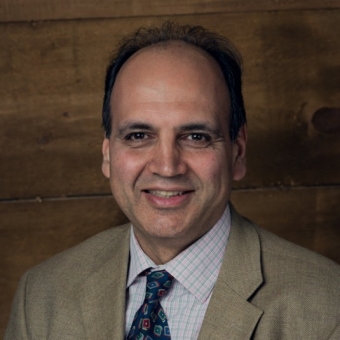Building knowledge that supports action
While prevention is vital to cybersecurity, Besharat advises employees to go a step further. He recommends that non-IT professionals learn basic incident response skills — knowing when to escalate and how to report something unusual. Saving a suspicious message or avoiding tampering with a compromised system can help IT respond faster and limit damage.
What successful cyberhygiene looks like
“A one-size-fits-all approach is insufficient in today’s complex threat landscape,” Besharat notes.
While developers need secure coding practices, finance teams must recognize evolving invoice fraud while HR must guard against phishing aimed at employee data. That’s why a tailored approach helps create an organization-wide security posture.
Besharat points to hands-on, cross-functional training — like simulations and internal competitions — as especially effective. When training feels relevant to existing employee duties, they’re more likely to retain key information, stay engaged, and report issues faster. When professionals aren’t just avoiding mistakes but also actively protecting the organization, it's a sign that cyberhygiene is working.
Staying ahead of smarter threats
Besharat highlights quickly evolving risks powered by AI, including personalized phishing emails and voice fraud known as vishing. In addition, deepfakes can simulate executive voices or video calls, and quantum computing may one day undermine existing encryption.
These trends may seem abstract, but their impact is tangible.
Professionals must adopt a mindset where verification is expected, authentication is routine, and communication between teams is open and responsive. Organizations that normalize this culture are better equipped to respond and recover.
One person makes a big difference
While the organizational payoff is clear, individuals who expand their understanding of digital risk become more effective collaborators, Besharat explains. They can manage sensitive data confidently, communicate clearly with IT and lead secure, cross-functional projects — all of which increase both their visibility and their value.
“Cybersecurity is a multidisciplinary field that requires diverse perspectives,” Besharat says. “The ability to bridge the gap between technical and non-technical aspects, translate complex concepts into business language, and foster cross-departmental collaboration can be invaluable."



 Bob Besharat, chief product and technology officer at Portage CyberTech
Bob Besharat, chief product and technology officer at Portage CyberTech